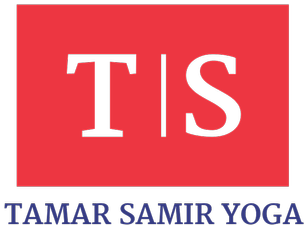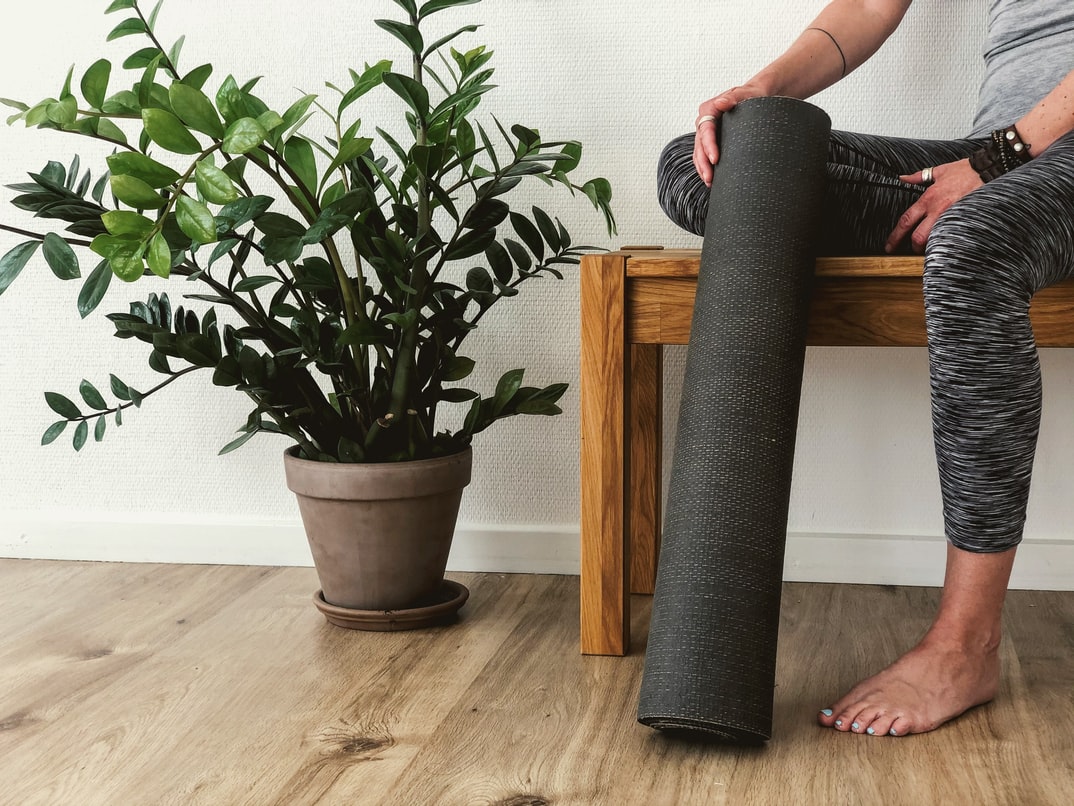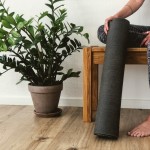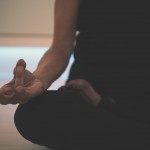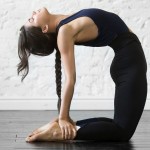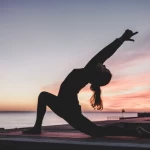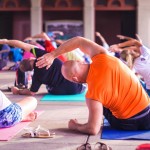"Bend and stretch, stand and walk, carry body weight and balance - a knee joint like this has a lot to do - TamarSamirYoga"
The knee joint: up and down ... again and again
In daily life as well as on the yoga mat, we often go on our knees, sometimes even on our knees. We seldom notice how demanding the task of our knee joints is and how perfectly they perform their difficult task. Ultimately, they support and balance the weight of the whole body. Only when symptoms appear do we pay attention to this hard-working joint.
The complex meaning of the knee
If it weren't for the knee joints, your gait would be awkward and stiff. Not only would that look not very elegant, it would also mean that your brain would have to endure continuous violent vibrations while walking. Your knees are not only responsible for up and down, but also ensure grace - and prevent headaches.
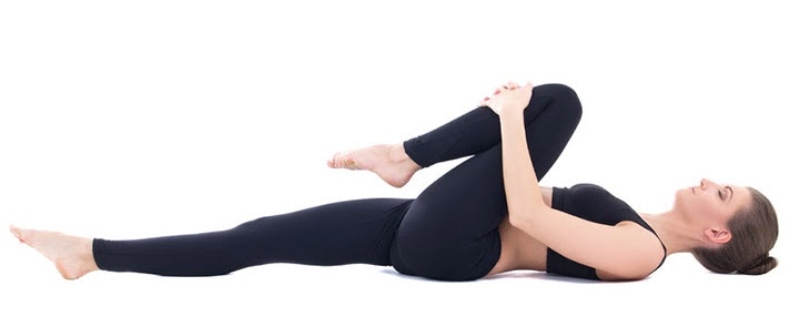
In addition, the knee symbolizes erection, self-confidence and sublimity. In the holistic view of psychosomatics, on the other hand, knee problems - in which ailments and illnesses of the body are seen as a mirror for mental and emotional states - indicate arrogance, egocentrism and a lack of humility. Perhaps it is really the case that a tough inner attitude over the years of life makes the knee joints stiff and immobile?
The orthopedic view of the knee
Knee joint complaints are gradually growing into a civilization disease in our part of the world. The reasons can be different: too little or too much exercise, too little attention - or too much yoga.
In any case, a visit to the orthopedic department is advisable if you have a painful knee joint - after accidents such as skiing or squash, an appointment with a doctor is essential anyway. But there is also the kind of knee pain that gradually comes and gradually restricts the range of motion and thus the practice of yoga. In such cases, the diagnosis of orthopedic specialists is usually uniform: arthritis (joint wear), menicus migration or overstretched ligaments. The finding is often combined with a recommendation for surgery.
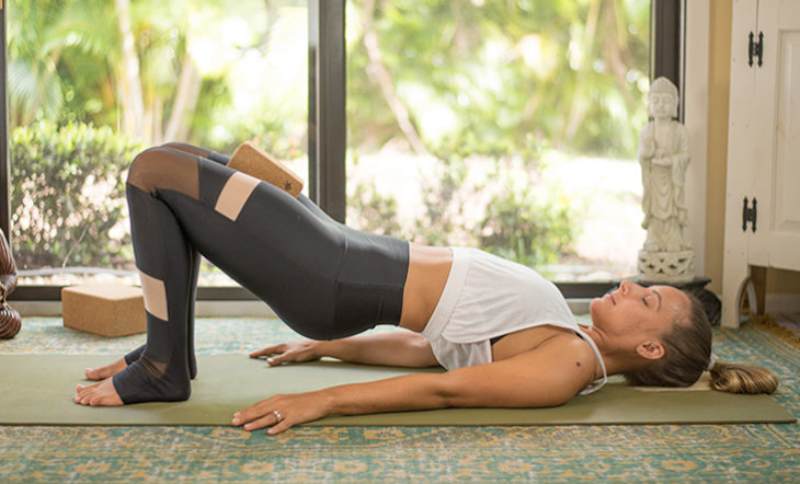
But be careful: According to a study by the Bertelsmann Foundation, artificial knee and hip joints are used too often and unnecessarily! Unfortunately, such operating theaters are quite lucrative for hospitals (which are now mostly well-organized limited liability companies and no longer municipal companies).
"A woman is as young as her knee."
You may like: Asana Of The Month: Cat-cow, Yoga for Strength and Muscle Building, Body & Mind: Support Healing Processes With Yoga & more on TamarSamirYoga.
What are symptoms and common problems of the knee joint?
- Grinding : is usually harmless, as only deposits in the joint spaces are ground here. Targeted exercise helps.
- Stiffness : occurs after long periods of sitting or after sleeping, but changes in the short-term and long-term with sufficient exercise.
- Pain in resting positions : indicate excessive movement due to too much standing, walking, hiking, untrained muscles or too much body weight with untrained muscles at the same time.
- Hot pain : are an indication of inflammatory processes, chronic arthritis or vitamin and calcium deficiencies (see below).
- Overstretched ligaments : sooner or later cause an unsteady gait and a wobbly appearance, especially on uneven terrain. Resting movement, taking a break from yoga and abstinence from sports plus physiotherapeutic massages can and should regenerate the ligaments - also to avoid more serious damage (torn ligaments).
- Painful cracks or tears : occur in the event of accidental twisting, hard impact when jumping, lateral bending (skiing) or sudden stops while changing direction (e.g. squash). Only specialists can help, who diagnose precisely what, where and how is cracked and, if necessary, must be operated on.
Knee problems: movement is the be-all and end-all
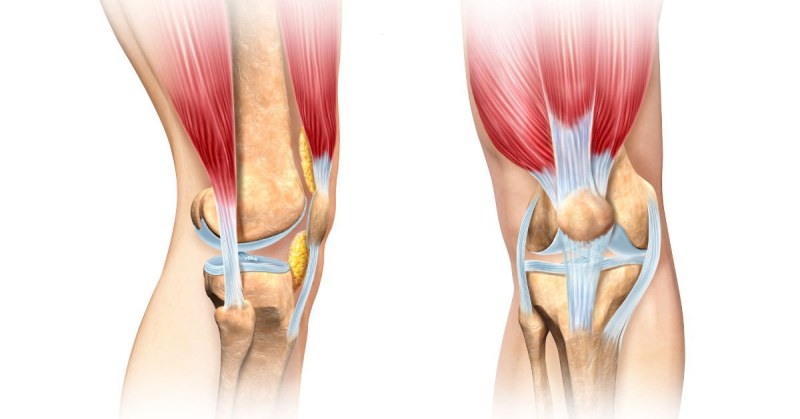
You see: With targeted exercise therapy, you can make up for a lot - and usually prevent (chronic) knee problems. In theory, regular yoga practice can be the perfect type of movement for knees. Especially if you already have knee problems, you should let yoga therapists put together an individual yoga program for you. Because some of the things that are common in yoga are actually damaging to the knees in the long term.
Tip:
warm up your knees!
Before practicing difficult asanas, your knees should always be warmed up. So take time to do some warm-up exercises. For example, you can rub your knees on the inside and outside with both hands. The knees do a lot in everyday life - a little haptic love is good for the joints and prepares them for the intense, not at all everyday movements in yoga.
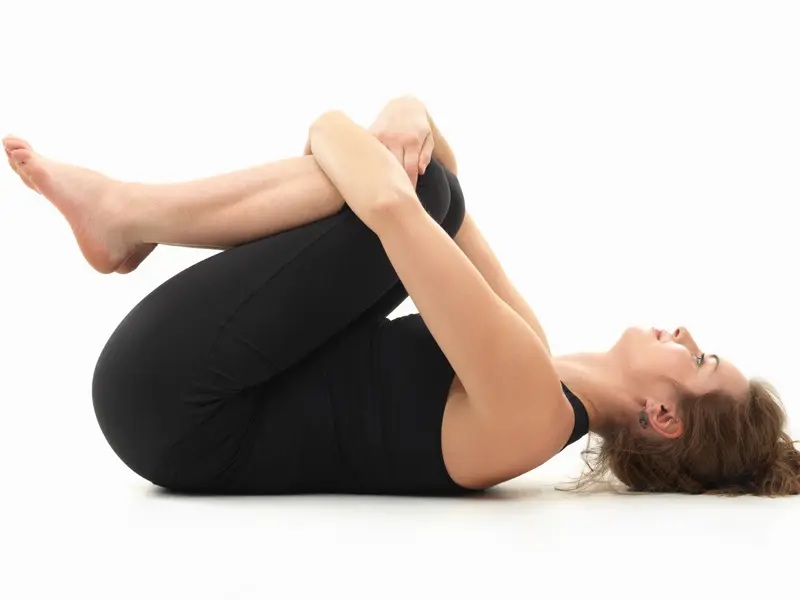
This rocking relaxation exercise is particularly recommended for grinding knee joints:
- Get on your knees (preferably on a knee pad, see below).
- Put your right leg forward as in the starting position facing the "moon". The knee joint does not have to be aligned vertically above the ankle joint of the foot (as is often taught), because your individual starting position depends on the length and thus the proportion of your lower leg to the thigh.
- Now lower the pelvis without pressure and do not let the knee joint deviate inwards or outwards.
- Raise your head, your arms hang loosely down at the sides.
- Now, in this position, gently move your upper body and pelvis forwards and back again. The knee joint now bends forward rocking to a narrower angle and backwards it opens to a larger angle.
How does yoga work that is easy on the knees?
- The alignment of the knee joints in standing postures such as “warrior”, “moon” or “ triangle ” should never deviate to the left or right of the foot-leg axis. This puts unnecessary strain on the inner and outer ligaments of the knee joint and lets them wear out - instead of training the leg muscles.
- In all standing exercises (such as “ mountain ” or “tree”), when the entire body weight rests on both knees or only one knee, it is always advisable not to lock the knee joints, but always leave a little play, i.e. not up to the hollows of the knees push through to the extreme.
- Sitting in the heel for a long time is not beneficial for the knee joint, as the menisci are stressed too much - in the long run they can even leave their regular place and tear off within the joint.
- Exercises in the quadruped or as a starting position for the asana "dog" can be carried out in a way that is gentle on the knees if the kneecaps do not touch the yoga mat, but rather hover over it - this also strengthens the arms, stomach and legs!
- In my opinion, the " camel " should never be performed in its most extreme form - sitting on your heels with your torso turned back. The knees as hinge joints with their minimal turning radius are not made for this. In this discarded form of the camel asana, sliding the lower legs off the outside will sooner or later be the end of inner ligaments and menisci.
- A really nice and popular yoga exercise is the " dove " - but you should treat the bent knee very carefully and, if necessary, support it with an additional aid such as a soft blanket!
- With vinyasas or other flows, it is advisable to practice the exact alignment of the individual yoga positions separately in advance - until you can perform all asanas correctly. Even if you are walking quickly through a flow, your knees must not slide sideways to the left or right. Flows are only beneficial if they are correctly aligned!
- In my experience, the perfect lotus position is not beneficial for the health of the knee joints, especially if you stay in it for a long time. So prefer to sit in a more joint-friendly sitting position for meditation .
Small visualization exercise
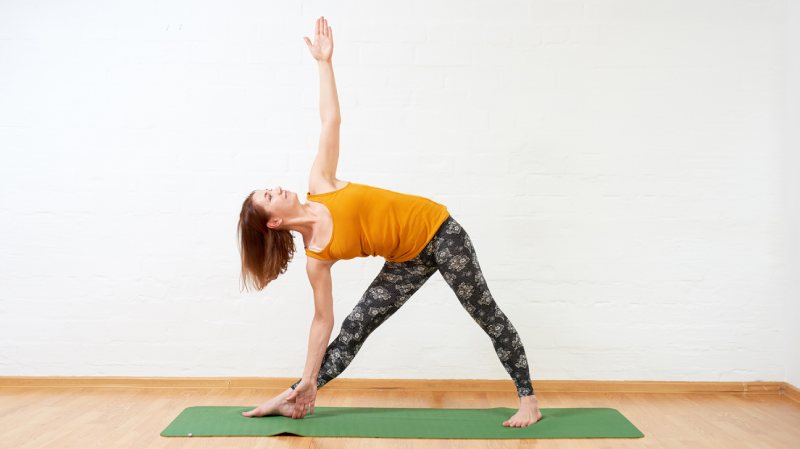
Please look at your knees for a moment and feel them, feel the bones, the kneecaps and the muscle structures under which the joint is embedded in a joint capsule. Try to imagine the thin ligaments and small menisci inside your knee joints. Then look at the size and girth of your body. Isn't it breathtaking what the delicately constructed knee joints can carry for a lifetime and what they can do for a long time?
Love knees, practice mindfully
Regular yoga practice is undoubtedly a wonderful way to keep the joints of the body supple - including the important large, essential knee joints. But feel within yourself whether it is beneficial for your body to emulate the classic yoga masters or today's yoga acrobats - or whether you can achieve the specific effect of an asana with a gentle variant that suits you? As always, the magic word is mindfulness. Because if you practice mindfully, yoga will not only enchant your knee joints, but your whole life.
